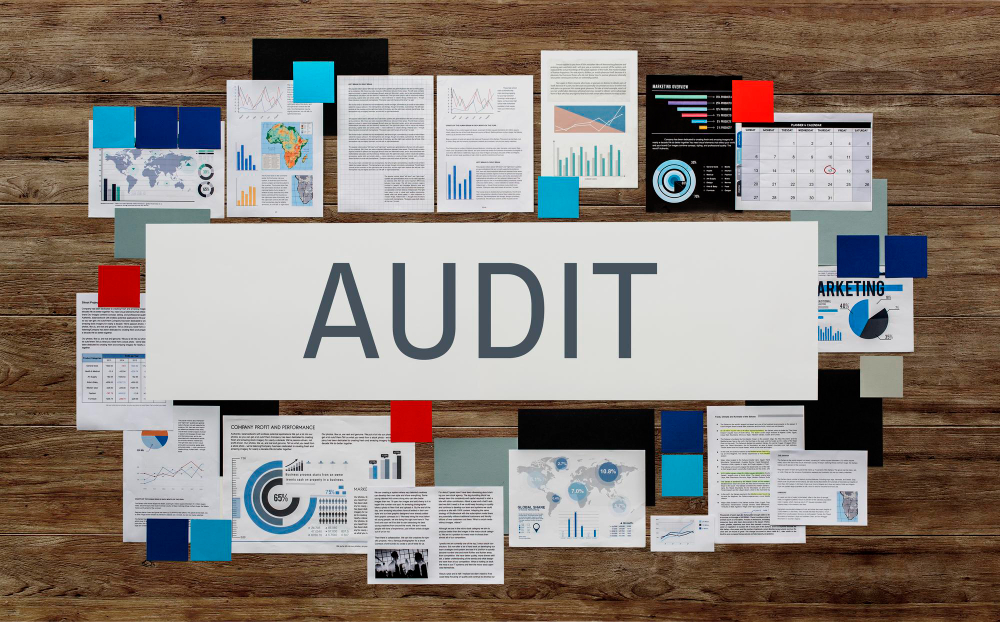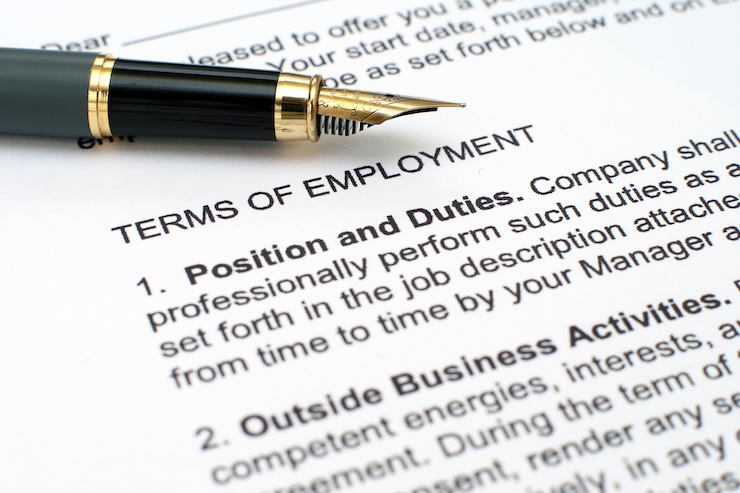The apprenticeship levy aims to drive major investment in apprenticeships, with three million apprentices set to be trained by 2020. With the legislation having now taken effect, UK businesses with an annual pay bill over £3 million will be gearing up towards submitting their first contribution of 0.5 per cent on 1 May, minus a £15,000 allowance which is offset against the levy.
In return for employers contributing this amount – 0.5 per cent minus £15,000 – they will build up funds in their apprenticeship service account. This can be spent on their own apprenticeship training. All businesses that pay the levy will have digital access to their contribution through this apprenticeship service account.
As money is paid into the digital account, the government then contributes an additional 10 per cent. For example, if a business has a payroll of £6 million, they will pay £15,000 of levy payments across the year into their digital account. The government will add an additional £1,500 to this amount across the year, which means the business will have a total of £16,500 to use towards apprenticeships.
While large businesses (those with more than 1,000 staff members) are required to actively contribute to the levy, small businesses with an annual pay bill of less than £3 million can enjoy the benefits without having to contribute (should they opt to take advantage of apprentices). The government will use any levy funds that have expired after 18 months to pay for apprenticeship training for SMEs.
However, the responsibility doesn’t lie solely with large companies. If you are a larger SME with an annual pay bill of more than £3 million, you will be liable to pay the levy.
So, if you fall within this category, how can you make sure you are abiding by the new rules?
Tips for complying with regulation
- You must make a monthly contribution of 0.5 per cent of your total wage bill, starting from 1 May, through PAYE. This will be administered by HMRC.
- If your pay bill did not exceed £3 million in the previous tax year, and you don’t expect it to exceed that amount in the current tax year, you can ignore the levy as you are not required to pay it.
- You are obliged to report on how much you owe from the start of the tax year if either; your annual pay bill in the previous tax year was more than £3 million, or you predict that your pay bill for the current tax year will be more than £3 million.
- Once you’ve started paying the levy, you must continue reporting it for the whole tax year even if your pay bill falls under £3 million.
- You must keep records of any information you have used to calculate your levy payment for at least 3 years after the tax year which they relate to.
- All funds accrued in the digital account must be used within 18 months, otherwise they will expire.
If your annual pay bill currently falls under £3 million and you are exempt from paying the levy from the start of the tax year, this does not excuse you from making payments should your pay bill suddenly increase to more than £3 million. In this case, you must start reporting on what you owe each month when this happens.
Like tax generally, there will be penalties for failing to pay, but regulations to bring these penalties into force have not yet been made.
To help you estimate your apprenticeship funding and find out more about what is applicable to your business, visit: https://estimate-my-apprenticeship-funding.sfa.bis.gov.uk/
A guide to the levy payable
If your business has a payroll of £3 million:
0.5 per cent (levy amount) of £3 million = £15,000 (the amount owed prior to allowance)
Levy allowance = £15,000 which means the amount of levy to be paid = £0
If your business has a payroll of £3.5 million:
0.5 per cent (levy amount) of £3.5 million = £17,500 (the amount owed prior to allowance)
Levy allowance = £15,000 which means the amount of levy to be paid = £2,500
If your business has a payroll of £4 million:
0.5 per cent (levy amount) of £4 million = £20,000 (the amount owed prior to allowance)
Levy allowance = £15,000 which means the amount of levy to be paid = £5,000
If your business has a payroll of £5 million:
0.5 per cent (levy amount) of £5 million = £25,000 (the amount owed prior to allowance)
Levy allowance = £15,000 which means the amount of levy to be paid = £10,000
If your business has a payroll of £6 million:
0.5 per cent (levy amount) of £6 million = £30,000 (the amount owed prior to allowance)
Levy allowance = £15,000 which means the amount of levy to be paid = £15,000
Raphael Prais is a lawyer at LHS Solicitors.






